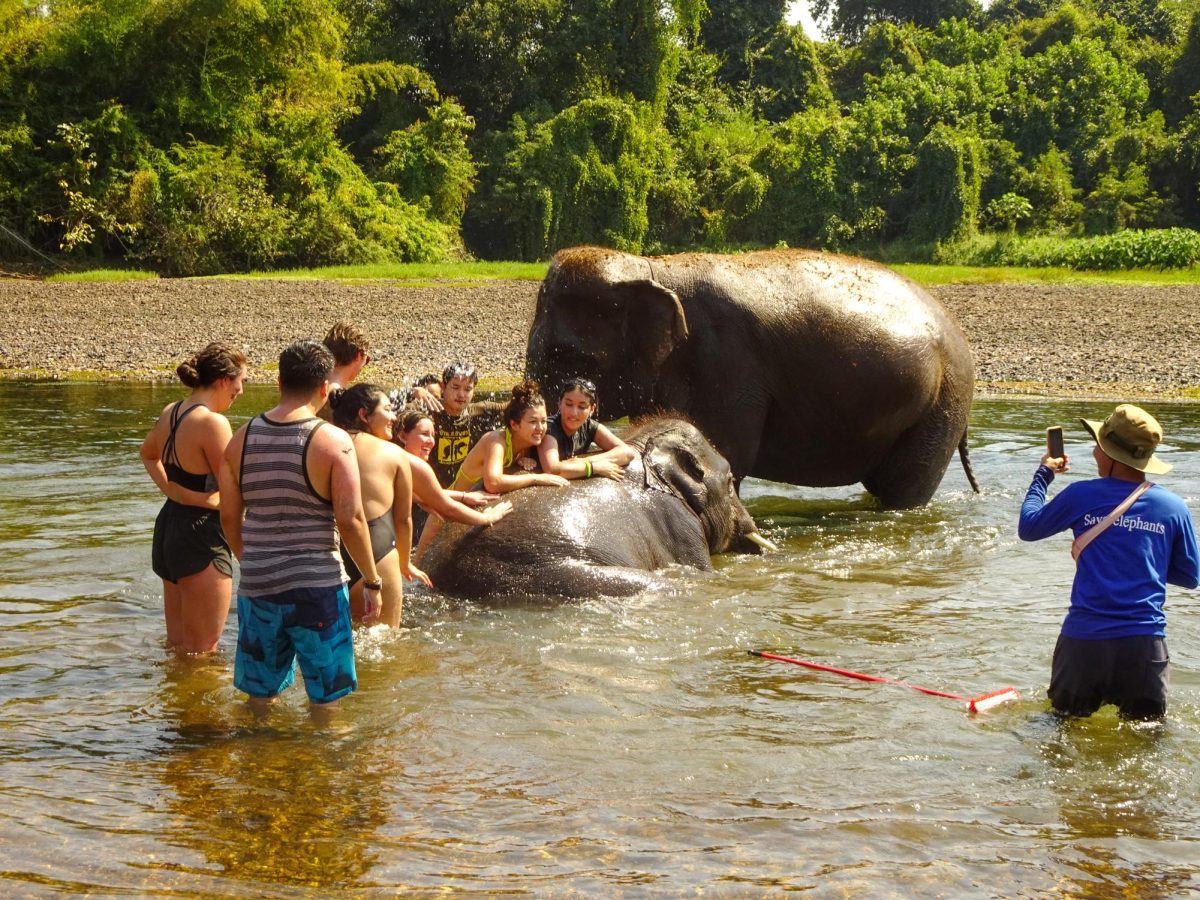 Student-designed Web site matches up students who are traveling to the same destination By Audra Harriman, Staff WriterTraffic, parking and gas prices: three words that are all toofamiliar to college students. Whether cars, mo-peds, bikes,skateboards or tennis shoes are the preferred mode of transportationto school and elsewhere, relief could come in the form of Web sitesthat offer carpooling services for students.
Student-designed Web site matches up students who are traveling to the same destination By Audra Harriman, Staff WriterTraffic, parking and gas prices: three words that are all toofamiliar to college students. Whether cars, mo-peds, bikes,skateboards or tennis shoes are the preferred mode of transportationto school and elsewhere, relief could come in the form of Web sitesthat offer carpooling services for students.
A student from Florida State University created a Web site thatmatches up students going to the same location. Brennan Dunn, came upwith the idea for www.homeboundnetwork.com in December 2003.
Homeboundnetwork.com is exclusively for students. To takeadvantage of the Web site’s services, students have to create a useraccount that requires them to submit an address, password anduniversity e-mail address to the Web site. This is to guarantee thatonly students are using the Web site.
Homeboundnetwork.com consists of a database of trips posted bydrivers. Students who need a ride somewhere can search the site fordrivers going to their destination. After reading about trip details,such as departure and return dates and number of seats available,they can reserve a seat. Students may also restrict their search todrivers of a certain gender.
Riders pay a fee online based on the number of miles to the finaldestination. The driver then receives a percentage of the fee 24hours after the trip if no complaint is filed by the rider. Thereceipt the rider receives after paying includes the driver’s contactinformation. The driver is also notified that a reservation has beenmade and receives the rider’s contact information.
“We encourage all riders and drivers to meet with each other todevelop an initial level of trust before their trip, and if there isany discomfort, to contact us so that we can arrange alternate travelarrangements,” Dunn said.
He said if a student does not trust a potential driver, the tripwill be refunded.
“We urge all students, whether they be drivers or riders, toplease use common sense,” Dunn said. “A few dollars isn’t worth thesafety of a human being.”
Another carpooling Web site available to students iswww.ridelink.org. This is a free carpool and rideshare programoffered through the San Diego Association of Governments.
Senior Marketing Representative Allison Richards-Evensen said,applicants fill out a ride match application through the Web site,which generates a match list that other people who live, work or goto school near the applicant have access to.
Applicants receive a free, personalized list of people living nearthem. Addresses are never revealed on this list, Richards-Evensensaid. Applicants provide an e-mail address and a work, home or cellphone number so riders can contact each other.
“Commuters are under no obligation to continue riding with acarpool they do not feel safe in,” Richards-Evensen said.
San Diego State business management junior Damon Hastings said heusually rides with roommates to school and to other places. He saidhe usually sees the most traffic on 55th Street and College Avenue.
Using a Web site that offers carpooling services would be a goodidea, he said.
“There are times when I can’t get into contact with my roommates,”Hastings said. “Different options are good.”
Journalism senior Cassandra Wesch said she drives to school.
She said she would consider using a carpooling Web site, buthasn’t because students have such different schedules. The bestadvantage is that it’s online, which makes finding a carpool mucheasier than making a lot of phone calls, she said.
Michael Smoger, assistant director of public safety for SDSU, saidanything that would serve to eliminate one person in one car wouldhave a positive effect on traffic and parking at San Diego State.
He said, for example, when there are special events at Cox Arena,older crowds tend to have two people per car, while college studentstend to have three or four people per car.
“Here you deal with half the cars, which makes a dramaticimpression,” Smoger said.
He said with 5,000 cars there is a struggle and tremendous effortto control them. With 2,000 to 2,500 cars, parking and traffic isdramatically less.
“I don’t know how successful across the board (carpool services)would be because the trolley completion is so close to the horizon,”Smoger said. “The Fall semester should be the last semester we’llhave to face traffic with the trolley as a viable alternative.”
The trolley is more convenient than carpools when people havedifferent schedules, Smoger said.






